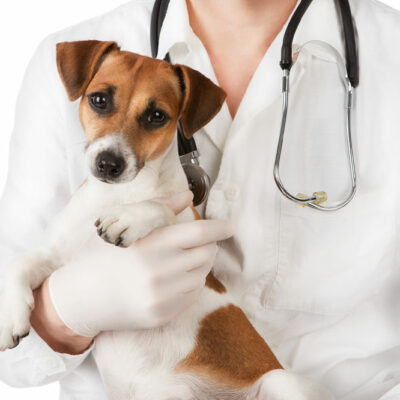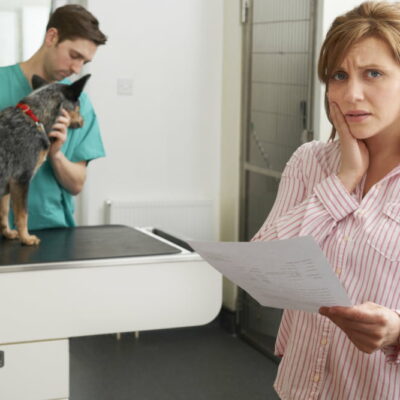
10 Black Friday 2022 dog foods deals to check out
With Black Friday comes amazing deals on a variety of goods, right from appliances to furniture and home décor to dog foods. Even popular brands, such as Royal Canin, Hill’s Science, Iams, and Blue Buffalo, offer hefty discounts during this time. Whether your dog loves dry food or wet food, you will find plenty of nutritious and delicious options at hard-to-miss prices. Check out the best Black Friday dog food deals given below. Blue Buffalo Life Protection Formula Adult Chicken & Brown Rice Recipe Dry Dog Food This dog food, originally priced at $67.99, is offered by Chewy at a discount of 10%. Blue Buffalo Life Protection formula is specially designed for adult dogs. Your pet dog will love to eat this healthy meal made with protein-rich deboned chicken and other natural ingredients. Hill’s Science Diet Adult Sensitive Stomach & Skin Chicken Recipe Dry Dog Food Hill’s Science offers a variety of dog foods to nourish your furry friend who is prone to having an upset tummy. This dry dog food contains nourishing prebiotic fiber and real chicken and is gentle on the stomach. At Chewy, you can get this dog food for $77.99 and save 4%. Iams Proactive Health Smart Puppy Original Dry Dog Food Get a 14% discount on Iams Proactive Health Smart Puppy Original Dry Dog Food when you buy from Chewy.
Read Article 









